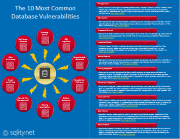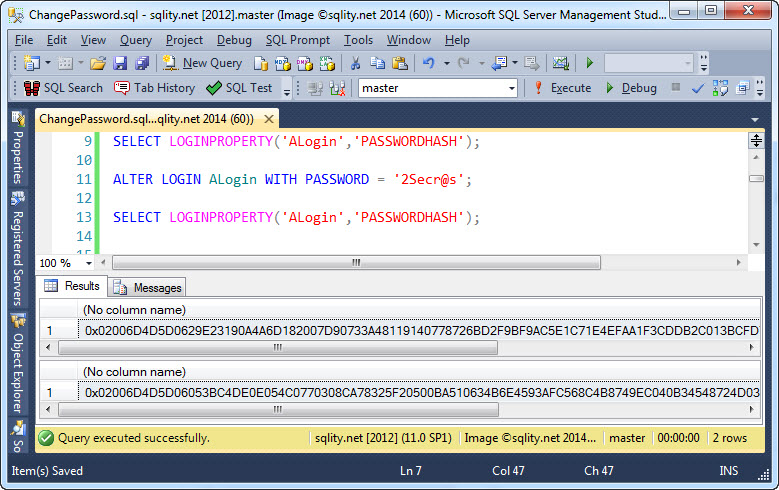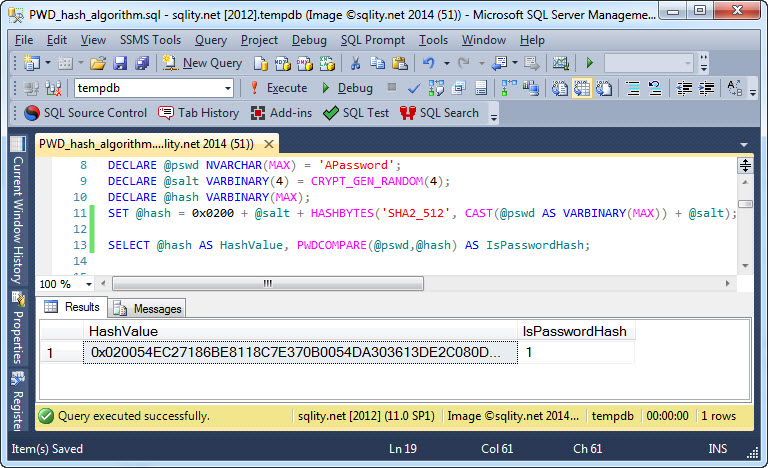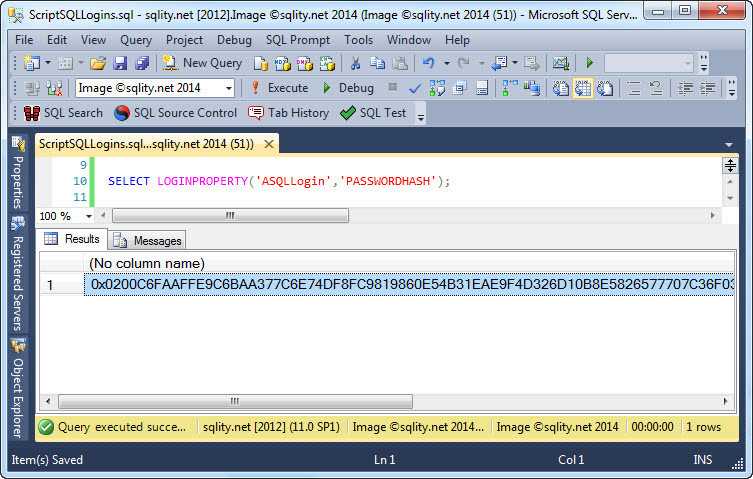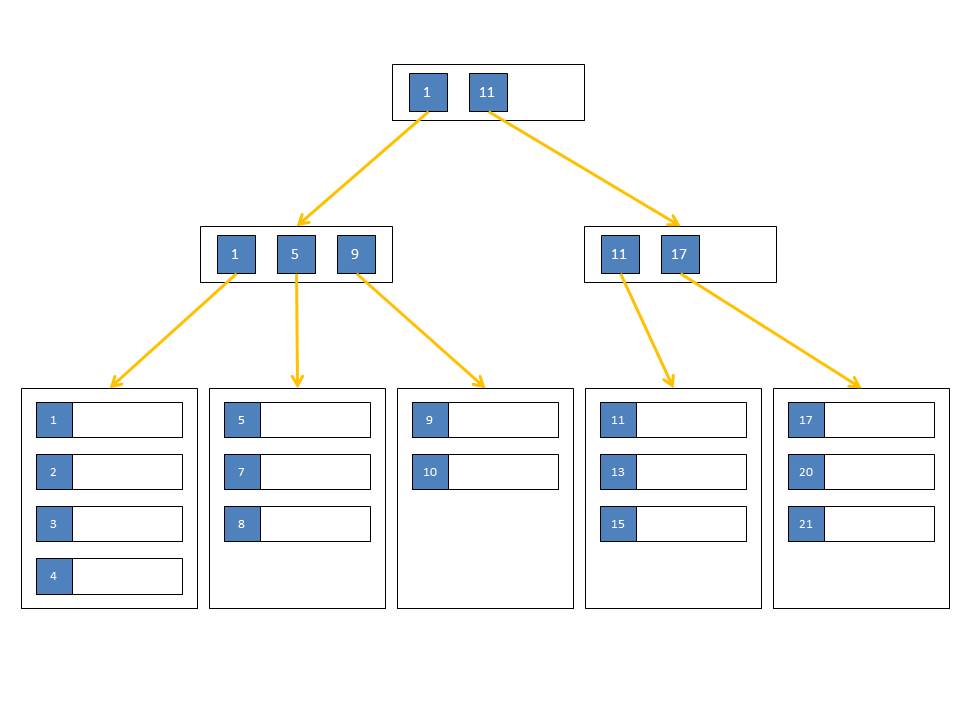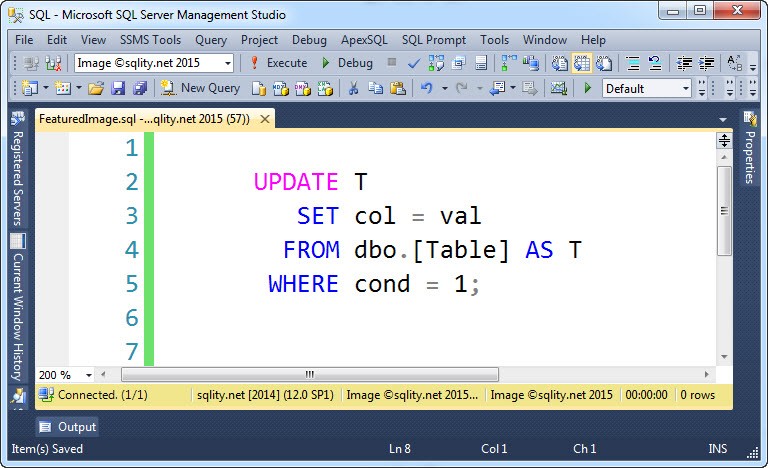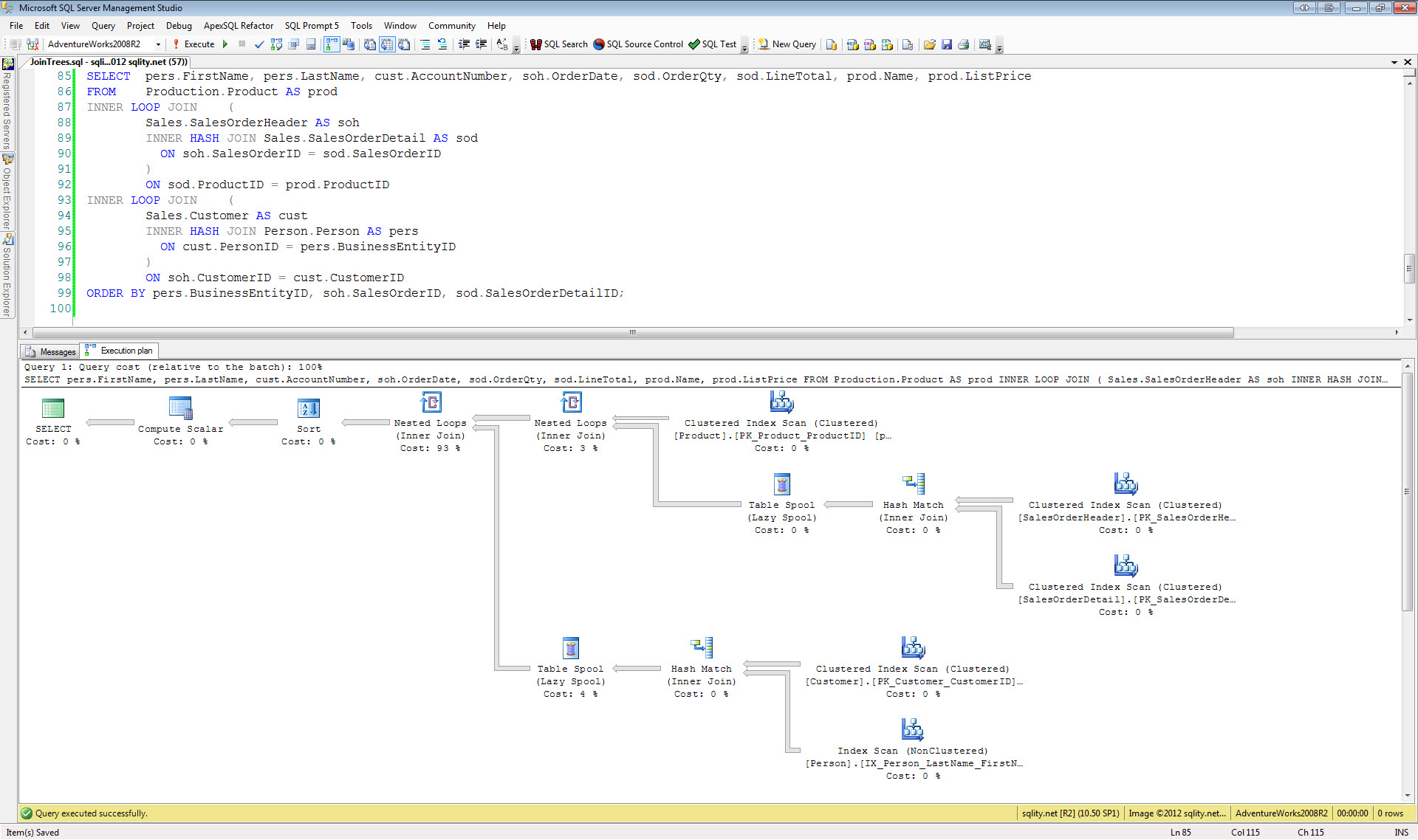Category: Cryptography
-
Asymmetric Key Encryption

Asymmetric key encryption (aka public-key encryption) works with two separate keys, a public key to encrypt and a private key to decrypt. Read on to see the advantages and disadvantages of this type of encryption.
-
Symmetric Key Encryption

A symmetric key encryption algorithm is a cryptographic algorithm the uses the same secret key for the encryption and the decryption step. Common examples include DES, RC4 and AES of which only AES can be recommended for use.
-
Cryptographic Terminology – A Glossary

Cryptographic terminology can be sometimes somewhat “cryptic”. This post starts out a series to provide a glossary of cryptographic terms. Each post in this series will cover one cryptographic expression in detail.
-
CRYPT_GEN_RANDOM: Generating Cryptographically Secure Random Numbers in T-SQL

While not perfect, the T-SQL function CRYPT_GEN_RANDOM() generates cryptographically secure random number values using the Windows Crypt-API. Read on to get all the details on how to use it and when to avoid it.
-
Pseudo Random Number Generators

While we can capture true randomness, for typical applications we need a faster way to produce random numbers. Read on to see how in those cases a Pseudo Random Number Generator or Cryptographically Secure Pseudo Random Number Generator can be used.


